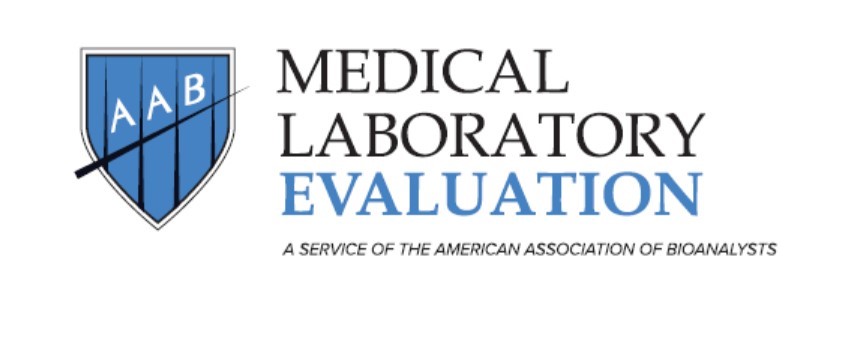
GRADING PROCEDURES
INTRODUCTION
Grading procedures must conform to the February 28, 1992 Final Rule which implements the CLIA ‘88. This rule retains two practices previously mandated regulations from CMS:
CONSENSUS GRADING
The grading of all results depends on the existence of a consensus of acceptable results. For most analytes or procedures, CMS defines consensus as acceptable performance among 80% or more of results from all participants or referees. Per CMS guidelines, if 80% consensus is achieved laboratories or referee laboratories, then the analyte must be graded. Exceptions to this rule exist for all CMS-scored procedures in Immunohematology, in which consensus is defined as agreement among 95% or more of results from all participants or referees.
SPECIAL GRADING FORMULAS IN MICROBIOLOGY
When consensus grading is applied to microbiology modules in which more than one response may be reported for a given procedure in the same specimen, special formulas for generating percent scores for each specimen are mandated by the February 28 Rule of 1992. These formulas thus govern the grading of organism identifications and/ or antimicrobial susceptibilities in Bacteriology, GC Culture, Parasitology, Throat, Throat/Urine and Urine Culture programs.
For scoring organism identifications in a given specimen, the following ratio of responses is multiplied by 100:
Since AAB determines which organism(s) to place in each specimen, AAB-MLE determines the total number of gradable correct responses for the presence of organisms.
For scoring antimicrobial susceptibilities in a given specimen, the following ratio of responses is multiplied by 100:
Since each participant determines which antimicrobials to report on their patient specimens, each participant determines the total number of antimicrobial susceptibilities to report on PT specimens. The only reporting requirement is that the susceptibilities reported on a proficiency test specimen reflect the same list of drugs which would be tested by the laboratory on patient material in the same clinical context as that of the proficiency specimen.
PEER GROUPS FOR QUANTITATIVE RESULTS
To provide optimal peer based grading, quantitative results are grouped by various means depending on the analyte. Primarily this is either by Method or by Instrument and Reagent. Various checks are run to insure that peer groups are statistically valid. If a group is deemed to not be statistically valid; most typically due to an insufficient number of members, a waterfall approach is taken to grading. This is to satisfy CMS requirements that once an analyte has achieved consensus of participant or referee results, every result which can be assigned to a statistically valid peer group must be evaluated. The waterfall process is analyte specific, but typically follows the path Reagent and Instrument -> Reagent -> Method Principle -> Total Population. Each default group is subject to similar validity checks before evaluation. Results are evaluated against the most granular default level which passes validity checks. Analyte composition or form may replace Method Principle for some analytes; e.g., intact vs N-terminal PTH. Other analytes where standardization is sufficient or even required are graded against Total Population only. Some analytes are evaluated against gold standard established reference values; e.g. eGFR certification for Creatinine.
WOULD REFER
“Would Refer” is a special response available for some interpretive programs such as Microbiology, Clinical Microscopy or Hematology with Manual Differential. It represents the situation where you would refer a non-routine result on to another entity such as a reference laboratory or pathologist for further interpretation or for a final result. You may only enter this response if this is your laboratory’s standard procedure for handling patient samples with similar results. You may not enter “Would Refer” for all 5 specimens in these programs. If you do report “Would Refer” for all 5 specimens, the grading record will be deleted from the current testing event only.